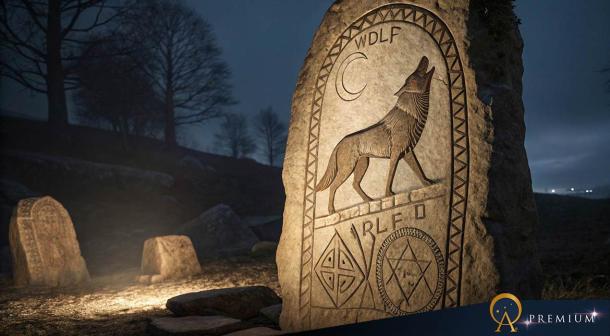🔴 Website 👉 https://u-s-news.com/
Telegram 👉 https://t.me/usnewscom_channel
We usually think of monsters as things to be feared or destroyed. Yet sometimes they carry messages we would not hear in any other form. Fenrir is one of those monsters. In Norse myths, he is a massive wolf, born of the trickster god Loki, who grows too powerful to be left alone. The gods grow uneasy. They try to bind him with chains made from impossible things: the sound of a cat’s footsteps, the beard of a woman, even the roots of a mountain (Prose Edda, Gylfaginning, ch. 34–51). Still, Fenrir eventually breaks free, and at Ragnarök he devours Odin, bringing chaos to the world (Poetic Edda, Völuspá, st. 51–56).
But the story on its surface is only part of it. What lies beneath feels older, and far more familiar. There is a part of the human psyche that works in the same way. Wild, but not evil. It holds everything we try to push away: rage, fear, longing, all that does not fit the version of ourselves we want others to see. That is the wolf. And like Fenrir, it does not stay silent forever.
This essay is not meant as abstract theory. It is about something that appears again and again in human experience. What happens when we try to chain what we cannot or will not accept about ourselves? And what happens when the chains break? Fenrir is not only a story about the end of the world. It is also a story about what happens to the ego when it refuses to listen to the rest of the self. It is about the cost of pretending we are only the tidy, controllable parts of our psyche.
